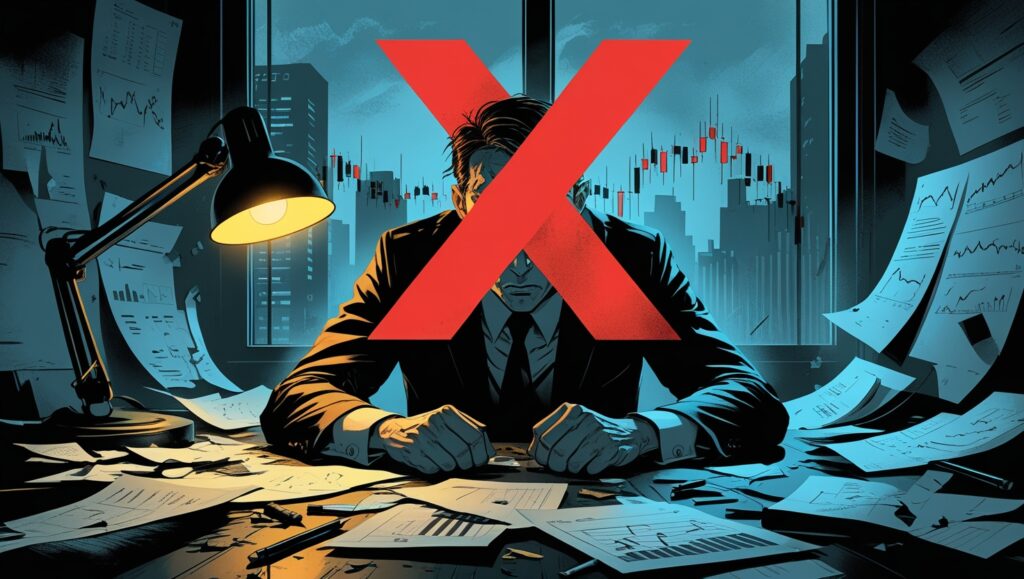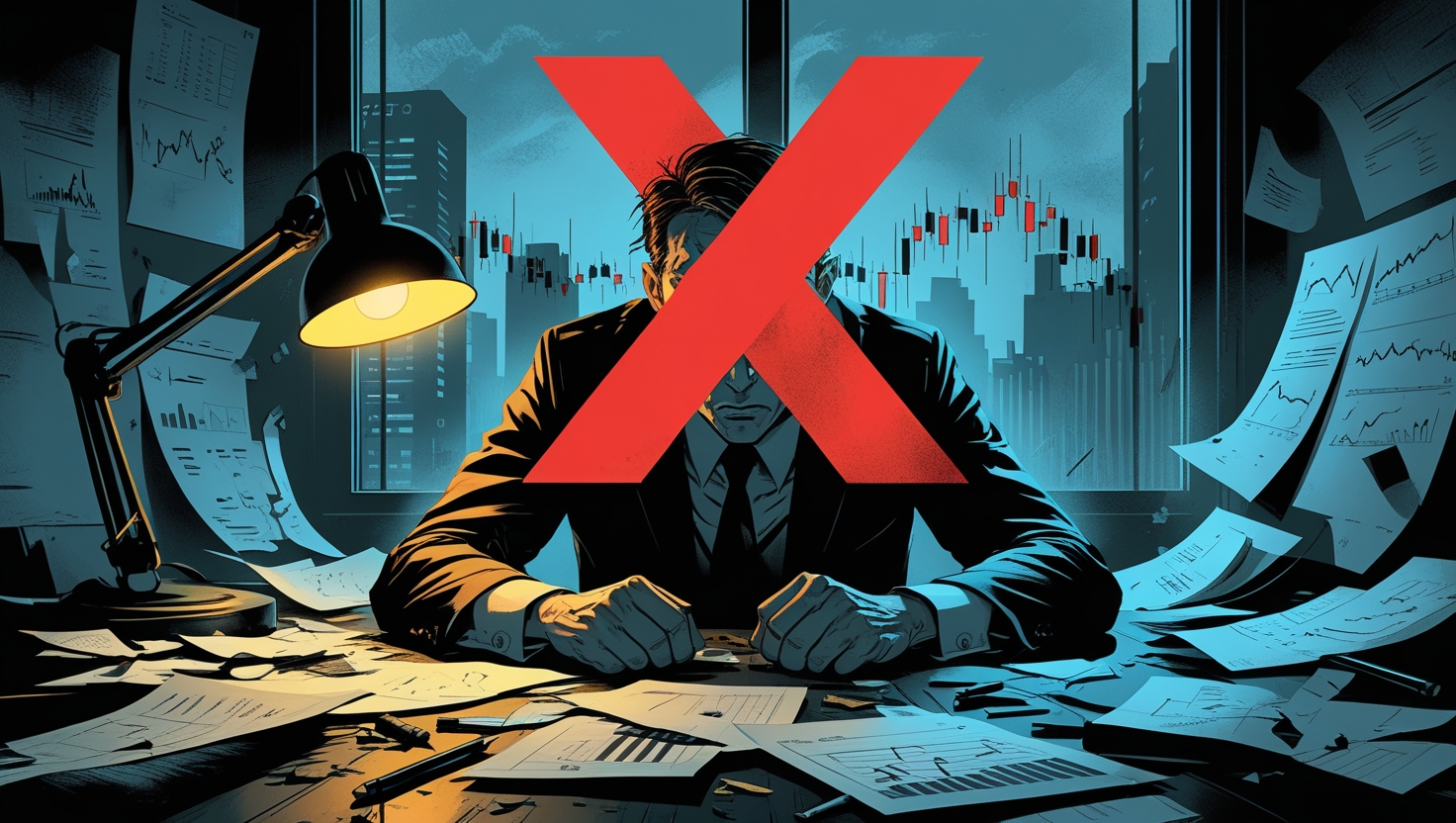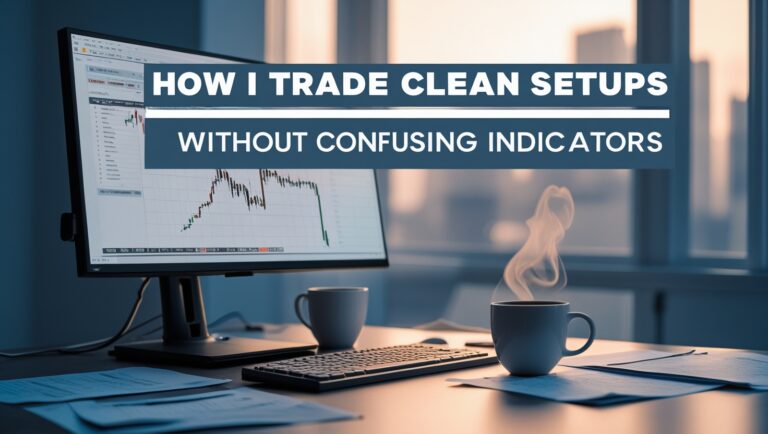How to Know When NOT to Trade (And Why It Saves You Money)
How to Know When NOT to Trade (And Why It Saves You Money)
Trading Is Not a 9-to-5 — It’s a Game of Precision
When I started trading, I thought I needed to be in a trade every single day to make progress. I believed activity = success. But after months of choppy losses and frustration, I learned something crucial: knowing when NOT to trade is just as powerful as knowing when to pull the trigger.
If you’re serious about growing a small account and protecting your capital, keep reading — this mindset shift changed everything for me.

Table of Contents
1. The Market Is Flat or Choppy
One of the biggest red flags is a sideways or uncertain market. If I see overlapping candles, inconsistent volume, and no clear trend on the daily or 5-minute chart, I hold back. Flat markets produce noise, not clean moves — and noise eats profits.
Rule I follow: No clean trend? I don’t trade. Period.
2. There’s No Clear Catalyst
If a stock is moving without news, earnings, or a sector catalyst — I get suspicious. Choppy moves with no reason behind them are often traps. I stick to stocks with real momentum, not random spikes.
3. I Missed My Setup — So I Let It Go
If my setup already happened and I missed it, I don’t chase. I used to FOMO into a trade 5 minutes late, and it always ended badly. Now I accept it and protect my mindset. There will always be another setup.
4. I’m Feeling Tired, Distracted, or Emotional
This one is underrated. Trading while tired, angry, or desperate leads to bad decisions. If I wake up feeling off, I don’t trade. I don’t need to fight the market — I need to protect my edge, and my energy is part of that.
5. Economic News Is About to Drop
If there’s a major Fed decision, CPI report, or earnings release minutes away — I don’t open a trade. The whipsaw moves can stop you out in seconds. I wait for the news to pass and then trade the reaction, not the chaos.
Why Not Trading = Smart Trading
The market rewards patience and discipline. Sitting on your hands might feel like you’re doing nothing, but in reality, you’re avoiding unnecessary losses.
Every time I skip a low-quality day, I come back the next day sharper, more confident, and in full control of my capital.
What Helped Me Stay Out of Bad Trades
I built a personal pre-trade checklist that helps me instantly filter if a day is worth trading or not. It includes:
- Market trend confirmation
- Catalyst validation
- Emotional self-check
- Setup clarity (A+ or nothing)
Want to see the checklist and the strategy I use to pay my bills with stocks?
👉 Download My Ebook Here — “How I Pay My Bills With Simple Stock Setups”
Final Thought: Trading Less = Winning More
You don’t need to trade every day to make money. In fact, I make more by doing less. Knowing when NOT to trade has protected my profits, preserved my mental energy, and helped me grow my account consistently.
If you’re tired of forcing trades and chasing setups that go nowhere, try this: skip the bad days. Your future self — and your account — will thank you.
6. Volume Doesn’t Support the Move
Sometimes a stock looks like it’s breaking out, but the volume is weak. I’ve learned that no volume = no confirmation. If I don’t see strong volume coming in at key levels, I step back. I’d rather miss a fakeout than enter blindly and lose.
7. The Setup Is “Almost There” — But Not Yet
I used to force trades when a setup was almost ready. Now I’ve learned that “almost” is dangerous. If it hasn’t triggered, I wait. Patience pays more than premature entries.
8. The Risk-to-Reward Doesn’t Make Sense
If I can’t clearly see at least a 2:1 reward-to-risk ratio, I don’t enter. It doesn’t matter how exciting the stock looks. If the math isn’t in my favor, I skip it. Long-term consistency starts with smart risk management.
9. Too Many Traders Are Watching It
Believe it or not, too much attention on a stock can make it unpredictable. If it’s being pumped all over social media or Reddit, I take a step back. I prefer quiet setups with clean price action, not chaotic hype plays.
10. I Already Hit My Goal for the Day
One of the best things I learned: walk away when you’re green. If I already made my profit target, I don’t keep trading out of boredom. Protecting gains is part of the strategy. Overtrading has cost me too much in the past.
11. It’s a Monday or Friday Chop Session
Some Mondays start slow. Some Fridays feel like a ghost town. I’ve learned to adapt — if the market is sluggish or erratic on these days, I give myself permission to skip. Avoiding traps is part of winning.
12. It’s the Middle of the Day (a.k.a. “Lunch Chop”)
From 11:30AM to 1:30PM ET, the market often slows down and gets weird. That “lunch chop” can chew through your account. Now, I only trade the open or specific clean setups later in the day. Midday is a hard pass unless something exceptional happens.
13. Too Many Conflicting Signals
Sometimes I see a good setup on the 5-minute chart, but the daily chart looks bearish — or vice versa. When my charts don’t align, I wait. Clarity > conflict.
14. I’m Just “Looking for Something” to Trade
This is dangerous. When I catch myself scanning out of boredom or trying to force a play, I close my laptop. I remind myself that waiting is a trading skill, not a weakness.
15. The Market Feels Emotional or Overreactive
If headlines are creating big irrational swings or reactions that don’t match the news, I stay out. I want logic behind my trades — not chaos. Emotional markets hurt undisciplined traders the most.
16. I Don’t Have Time to Manage the Trade
If I know I have errands, meetings, or personal distractions, I don’t enter. Trading needs focus. Entering and then leaving the screen is a recipe for regret. If I can’t manage it, I don’t take it.
17. I Trust My Gut More Now Than Ever
This one’s personal. Sometimes I just feel off. Even if the chart looks okay, I sense hesitation. I’ve learned to listen to that gut feeling. If something feels off, it usually is. Skipping trades based on intuition has saved me real money.

Stay ahead in the stock market! Subscribe to our newsletter and receive exclusive stock flow reports, trading insights, and actionable tips directly in your inbox. Join thousands of traders who get our updates first.







